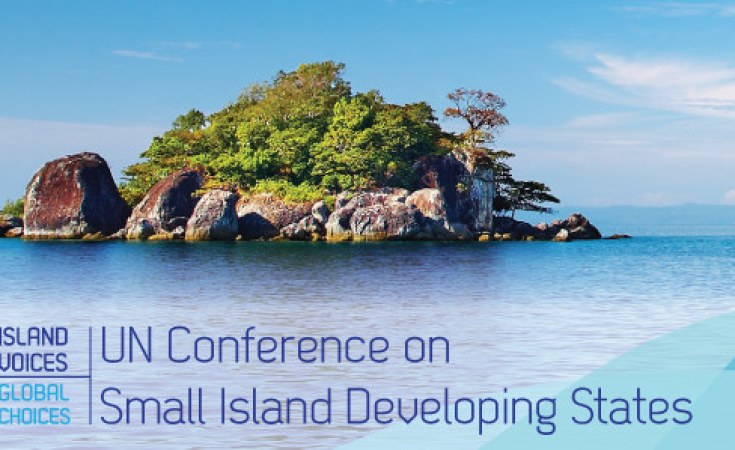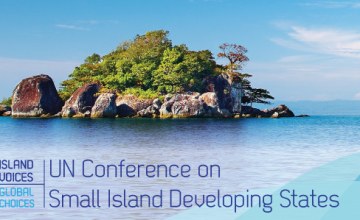Apia — Comoros and Sao Tome and Principe are two of the three least developed countries amongst the six African SIDS. Though Comoros is situated in the Indian Ocean and Sao Tome in the Atlantic, the two countries have a lot in common.
In addition to low levels of development, both have populations which are highly dependent on natural resources for their livelihoods and both countries are highly vulnerable to a wide range of climate change impacts. In particular changing rainfall patterns have affected both Comoros and Sao Tome and Principe, resulting in both floods and drought. In 2012 a flood in Comoros damaged homes, reduced agricultural yields and resulted in a loss of livestock, damaged dykes and boats, which impacted livelihoods and threatened food security.
Like all SIDS, sea level rise is a concern for both Comoros and Sao Tome and Principe. One hundred percent of the population of Comoros and 96 percent of that of Sao Tome and Principe live within 10 kilometres of the coastline. Rising sea levels and storm surges are exacerbating coastal erosion, which is threatening infrastructure and coastal villages. In Sao Tome and Principe some coastal villages have already had to temporarily relocate. The safety of fishers is also a concern. A coastal adaptation project being implemented by the Ministry of Infrastructure and Environment in partnership with the World Bank in four coastal villages provides safety equipment for fishers (among other activities). However, there is a need for better short-term weather forecasting so that fishers can decide whether or not to venture out on a given day.
Comoros and Sao Tome and Principe are in the midst of implementing some of the priority projects identified in their National Adaptation Programmes of Action. Three projects have begun the implementation process in Comoros with one having been completed, which focused on adaptation in the water sector. Sao Tome and Principe has implemented two of its NAPA projects, one of which has been completed.
The two countries are also engaged in mitigation activities. With support from UNDP Comoros is implementing a solar project in two villages on the island of Moheli. On the island of Grand Comoros solar panels are being provided to some households that are off the grid. In Sao Tome and Principe an environmental NGO called the Association for Development (Associação Para o Desenvolvimento) is implementing a project to install solar panels in buildings in communities that are off the grid. However, neither country has a national strategy on renewable energy. That said, the national meteorological institute in Sao Tome and Principe has completed a study on the potential for renewable energy in the country.
While there are still a lot of challenges that need to be addressed to address climate change in Comoros and Sao Tome and Principe, both countries are implementing policies and plans to address climate change in their own national contexts and in their own way. With leadership at both the political and technical level, Sao Tome and Principe is doing a lot to address climate change, despite its status as an LDC. Comoros is beginning the process to develop its National Adaptation Plan, which will guide other national efforts to address climate change.



